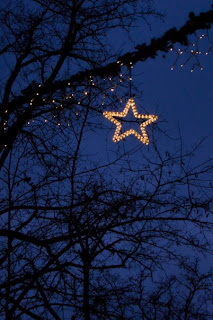Wednesday, March 31, 2010
Spreading Colours
Colour draws from the spectrum of light (distribution of lightweight power versus wavelength) combining in the eye with the spectral sensitivities of the lightweight receptors. Color classes and personal specifications of color are furthermore affiliated with objects, components, lightweight sources, etc., founded on their personal properties such as lightweight absorption, reflection, or emission spectra. By characterising a hue space, hues can be recognised numerically by their coordinates.
Some Chalk Magic
Chalk is a supple, white, porous sedimentary rock, a form of limestone created of the inorganic calcite. It forms under somewhat deep marine situation from the stepwise accumulation of minute calcite plates (coccoliths) shed from micro-organisms called coccolithophores.
Chalk is resistant to withstanding and slumping contrasted to the clays with which it is generally associated.
Abstract Sunsets
Due to refraction of light in the air, the ray path of the setting sun is highly distorted beside the horizon making the clear-cut astronomical sunset happen when the sun’s disk is currently about one diameter below the horizon. Sunset should not be bewildered with dusk, which is the moment at which darkness falls, when the sun is about eighteen qualifications below the horizon. The time span between the astronomical sunset and dusk is called twilight.
Abstract Frozen Trees
Some scenes of abstract nature which may look frozen, but they also have flowing lakes and the water. Blue and white great colour combination.
Abstract Lights
lightw wave is electromagnetic emission, particularly emission of a wavelength that is evident to the human eye (about 400–700 nm, or possibly 380–750 nm). In physics, the term light sometimes refers to electromagnetic emission of any wavelength, whether evident or not.
Subscribe to:
Comments (Atom)
























